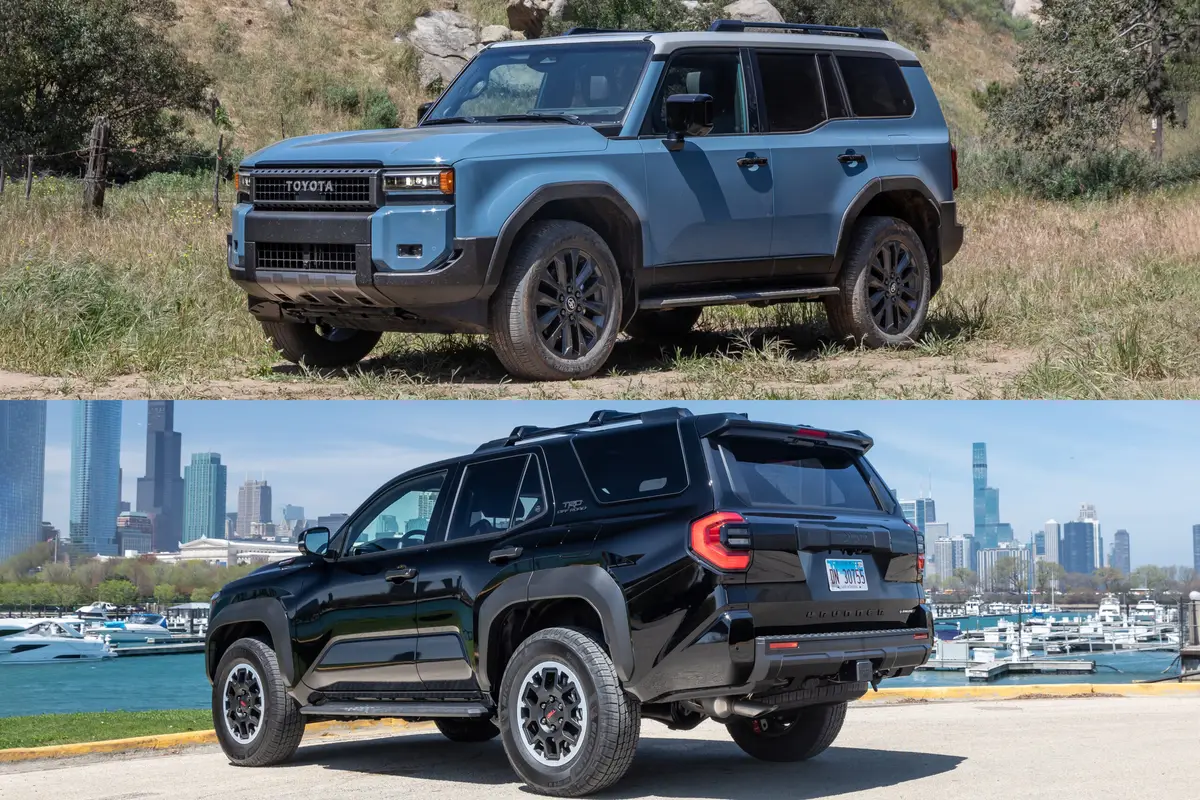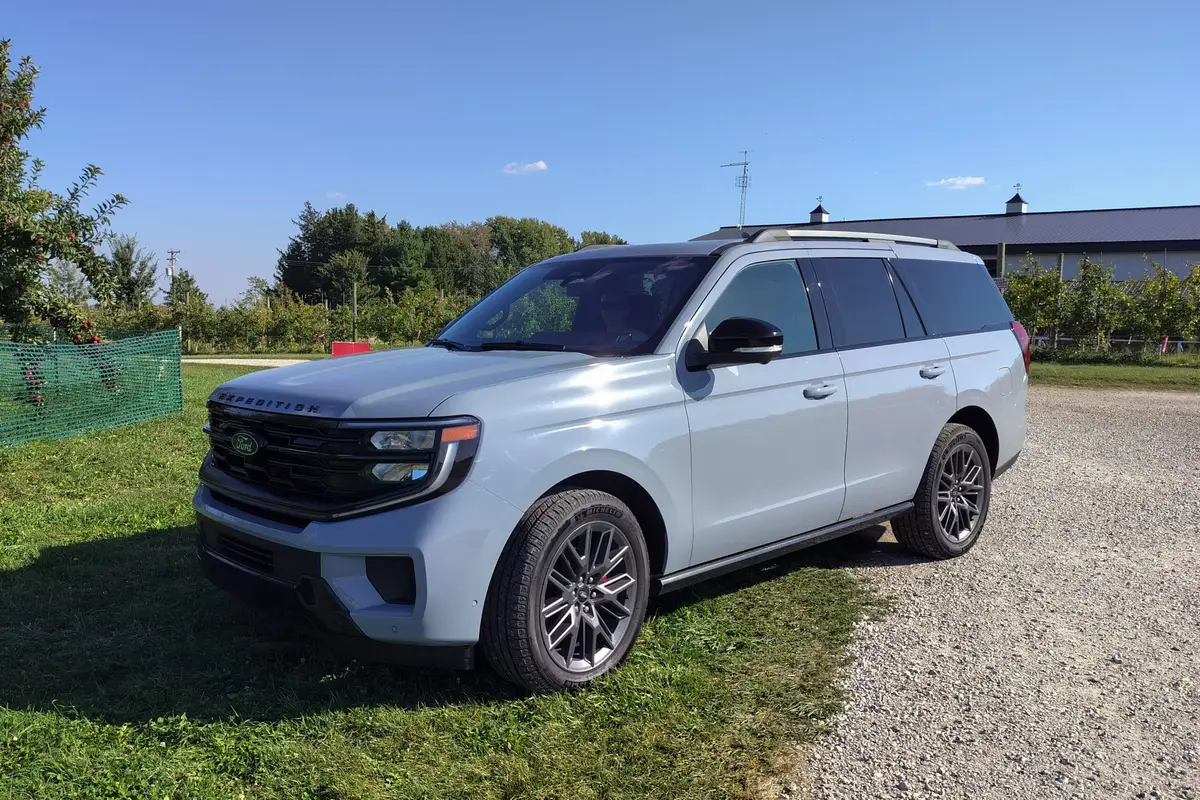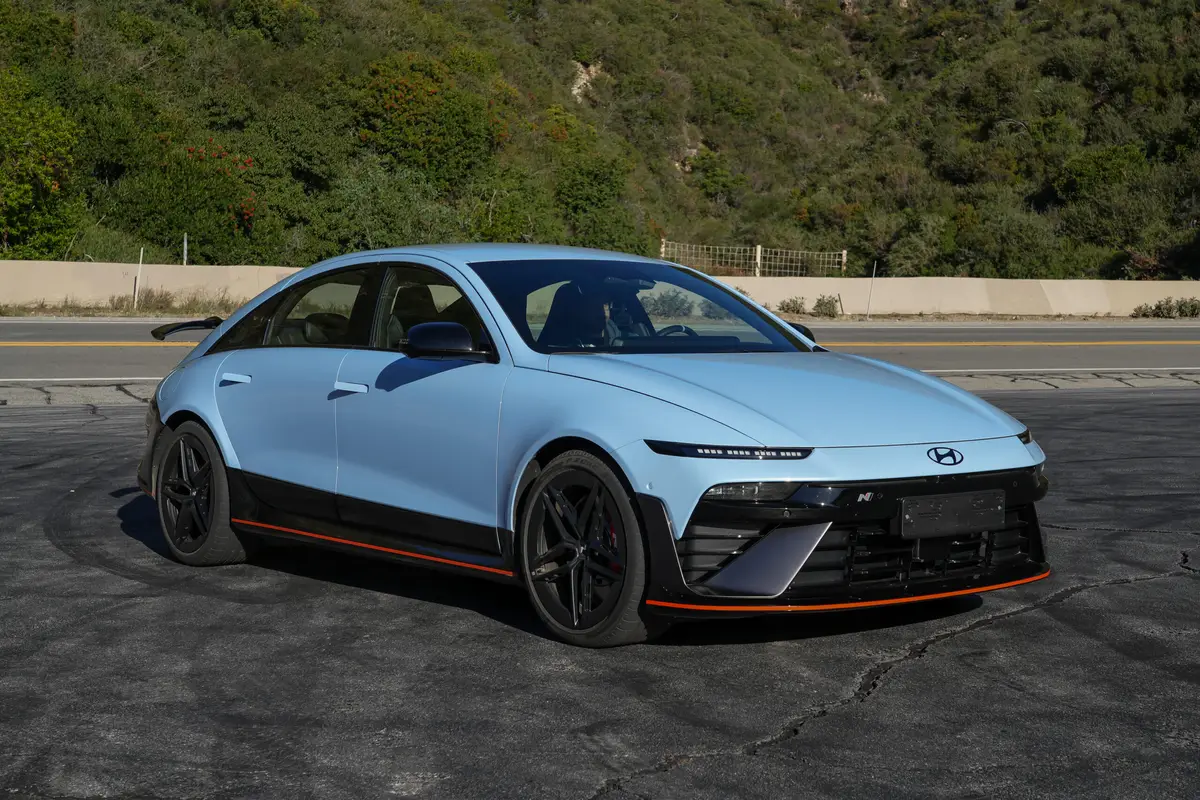Uber Self-Driving Death Could Have Long-Term Impact on Autonomous Cars

Uber has temporarily parked its self-driving fleets following a deadly crash in Tempe, Ariz., where one of the ride-hailing company’s autonomous Volvo XC90 SUVs struck and killed a pedestrian. The fatal accident, first reported by The New York Times, occurred when the female pedestrian attempted to cross a street with her bicycle while outside a designated crosswalk.
Related: For Self-Driving Car Awareness, Most Americans on Autopilot
The Uber vehicle — an XC90 outfitted with an array of self-driving sensors — had a designated technician (but no passengers) on board at the time of the accident. These human overseers are there to take control of the vehicle in the event the self-driving system gets confused and manual intervention is needed for a given driving scenario. At this point, it remains unclear whether the car’s autonomous drive system, or the technician, had any time to react before the accident.
Uber released a statement expressing condolences about the accident, while stating the company would temporarily halt its self-drive testing program in Tempe, along with similar public-road-based programs in Pittsburgh, San Francisco and Toronto. It’s assumed these programs will be reinstated following an investigation into the cause of the crash in Arizona.
Toyota subsequently reported that it would temporarily halt its self-driving car testing as a result of the incident, according to Automotive News. Meanwhile, Hyundai, which has been slower than competitors in introducing self-driving technology to the market, expressed validation in its more cautious approach following the Uber death, according to Reuters.
As potentially the first fatal accident involving a self-driving vehicle, it remains to be seen how this will affect the long-term future of autonomous technology. Car manufacturers and tech companies are investing millions of dollars into this formative technology, causing many government agencies to scramble when it comes to keeping up with the rapid pace of development.
Some automakers have asked for special permits and exemptions to test self-drivin cars on public roads. GM recently petitioned the U.S. Department of Transportation to allow the upcoming Cruise AV to sidestep certain federal regulations. These include mandates for safety features — such as airbags and stability-control systems — along with more routine items like rearview mirrors and pedals. The Cruise AV, which is based on the Chevrolet Bolt EV, does without the latter two items.
GM is hardly alone in the race to bring self-driving cars to reality. At the 2018 Geneva International Motor Show, Volkswagen unveiled the I.D. Vizzion, a completely self-driving sedan that comes without pedals, a steering wheel or any means to manually drive the car. During the show’s media preview, VW stated that the autonomous tech within this futuristic concept could be introduced by 2030.
Tech companies such as Google, via self-driving research division Waymo, have built fleets of hundreds of test vehicles covered with self-driving radar, laser and camera arrays. In fact, Waymo and Fiat Chrysler Automobiles recently announced plans to build thousands of Chrysler Pacifica minivans fitted with self-driving hardware.
“With the world’s first fleet of fully self-driving vehicles on the road, we’ve moved from research and development to operations and deployment,” said Waymo CEO John Krafcik, at the time of the announcement.
These vehicles would not only be used on public roads, they would also offer ride-hailing services to the public in select cities. Yet even before news of this growing tech partnership was announced, Waymo had stated it would begin offering autonomous ride-hailing in the Phoenix area beginning as early as this year.
These ambitious plans, along with their aggressive timeframes, could be slowed down if serious questions are raised about the safety of self-driving vehicle deployment. In the U.S., more than 40,000 people were killed in traffic-related accidents last year. A large majority of these were attributed to human error, however; these included highly avoidable factors such as texting while driving, drunk driving and falling asleep behind the wheel.
While autonomous vehicles don’t suffer from these same potential driving flaws, the case for rushing them to market may have gotten a lot more complicated.
Cars.com’s Editorial department is your source for automotive news and reviews. In line with Cars.com’s long-standing ethics policy, editors and reviewers don’t accept gifts or free trips from automakers. The Editorial department is independent of Cars.com’s advertising, sales and sponsored content departments.
Featured stories



